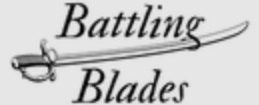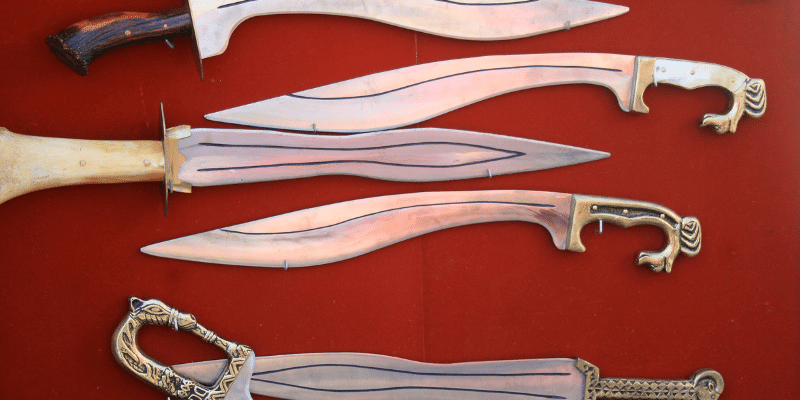The Falcata, an ancient sword originating from the Iberian Peninsula during the Iron Age, has long fascinated historians and enthusiasts alike. Known for its distinctive curved blade and historical significance, the Falcata raises intriguing questions about its practicality and effectiveness on the battlefield. In this article, we embark on a journey to explore the intricacies of the Falcata, examining its design, construction, and historical context to determine whether it truly lived up to its reputation as a formidable weapon.
Historical Context:
Origins and Evolution
The Falcata emerged around the 5th century BCE, a testament to the advanced metallurgical skills of the ancient Iberian people. Its design reflected a departure from traditional straight-edged swords, featuring a single-edged, inward-curving blade with a forward-leaning hilt. The historical context of the Falcata places it in the hands of Iberian warriors during pivotal conflicts, such as the Second Punic War, showcasing its role in shaping the outcome of historical battles.
Design and Craftsmanship:
Unique Features
One of the defining characteristics of the Falcata is its distinctive curved blade. This design choice was not arbitrary; instead, it served a dual purpose. The curvature allowed for powerful slashing motions, taking advantage of the increased cutting efficiency provided by the arc. Simultaneously, the pointed tip facilitated precise thrusting maneuvers, giving the Falcata a versatile edge on the battlefield.
Materials and Manufacturing
The crafting of the Falcata involved the use of iron or steel, depending on the technological capabilities of the time. Blacksmiths employed sophisticated techniques to forge the blade, creating a weapon with a sharp edge for cutting and a sturdy spine for durability. The hilt, often adorned with intricate designs, not only added aesthetic value but also contributed to a secure and comfortable grip for the wielder.
Effectiveness in Combat:
Versatility in Action
The Falcata’s effectiveness in combat stemmed from its versatility. The curved blade allowed for potent slashing attacks, capable of cutting through armor and delivering devastating blows to adversaries. In close-quarter combat, where swift and precise movements were crucial, the Falcata’s design provided a distinct advantage.
Thrusting and Penetration
Contrary to the belief that curved blades are unsuitable for thrusting, the Falcata excelled in this aspect. The pointed tip enabled the wielder to exploit gaps in an opponent’s armor or defenses, making it effective in both offensive and defensive strategies. The combination of slashing and thrusting capabilities made the Falcata a well-rounded weapon adaptable to various combat scenarios.
Historical Significance:
Role in Warfare
The Falcata played a pivotal role in Iberian warfare, earning its place as a symbol of martial prowess. Iberian warriors and mercenaries favored the Falcata for its effectiveness in battle, and its influence extended beyond the region, as evidenced by the incorporation of its design elements into later Roman swords. The Falcata, therefore, not only contributed to the outcomes of specific conflicts but also played a part in shaping the evolution of weaponry.
Challenges and Limitations:
Practical Drawbacks
While the Falcata showcased remarkable strengths, it was not without its practical drawbacks. The curvature of the blade, while advantageous for cutting and thrusting, posed challenges in terms of maintenance and sharpening. The unique design also made the Falcata less suitable for throwing compared to straight-bladed weapons, limiting its tactical options in certain situations.
Legacy and Enduring Impact:
Influence on Subsequent Swords
Despite its eventual decline in military use, the Falcata left an enduring impact on the design of subsequent swords. Elements of its unique shape and functionality can be observed in later weapons, indicating the lasting influence of this ancient sword. The Falcata’s legacy is not confined to its historical era but echoes through the annals of weaponry history.
Conclusion:
Deciphering the Falcata’s Merits
In conclusion, the Falcata sword emerges as a commendable sword, showcasing a harmonious blend of cutting power and thrusting capability. Its unique design, coupled with historical significance, solidifies its place among iconic weapons of the ancient world. While acknowledging practical limitations, the Falcata’s effectiveness in battle and enduring legacy attest to its status as a formidable and influential sword in the rich tapestry of martial history.

